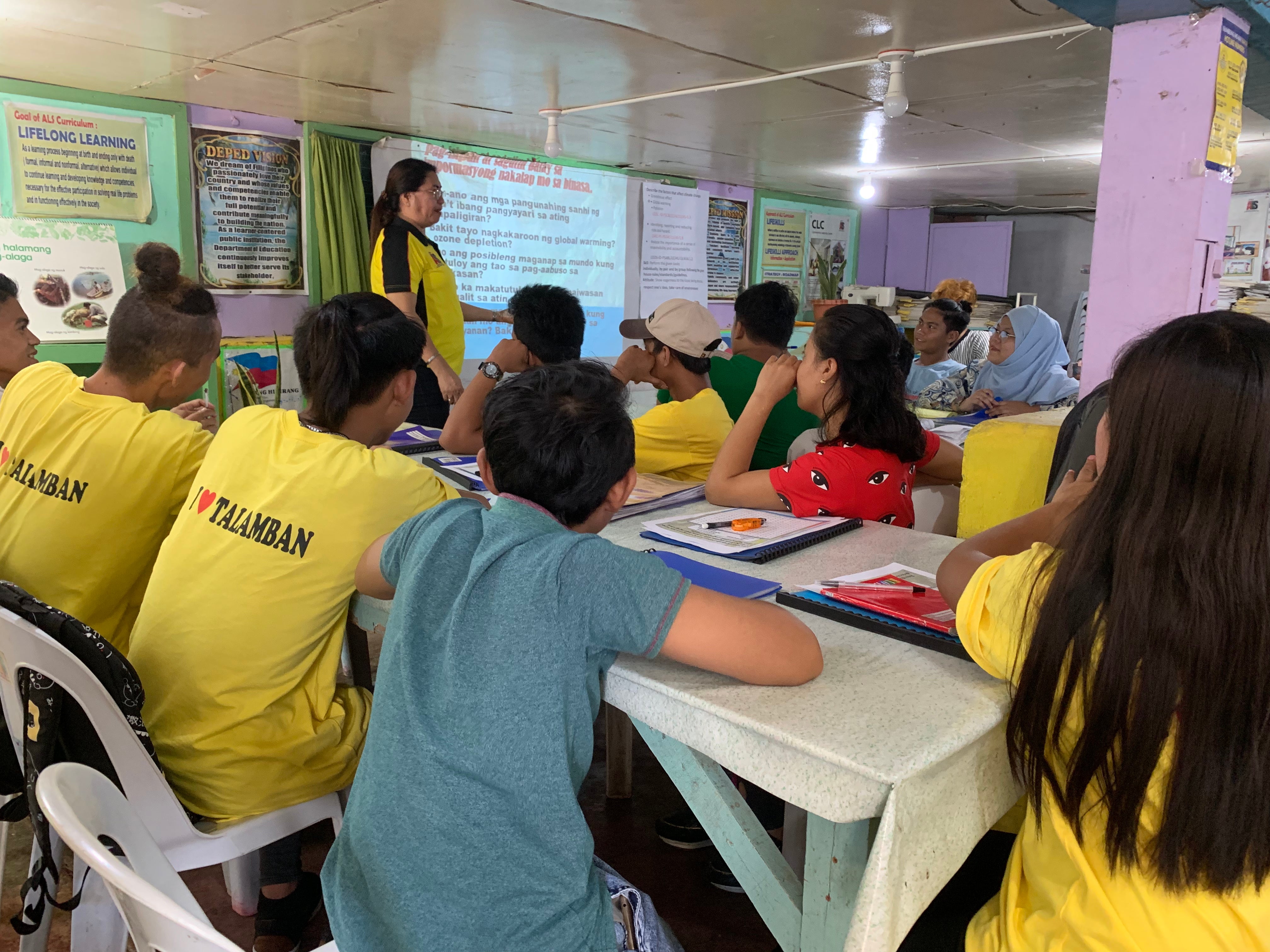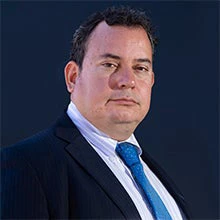 The Philippines has one of the world’s largest second-chance education programs. Known as the Alternative Learning System or ALS, it has had 5.5 million young and adult learners 15 years old and older in the last 10 years.
The Philippines has one of the world’s largest second-chance education programs. Known as the Alternative Learning System or ALS, it has had 5.5 million young and adult learners 15 years old and older in the last 10 years.
Even before the coronavirus (COVID-19) pandemic, there were 258 million school-age children and adolescents not attending school across the world, and 781 million adults were unable to read or write in any language. These numbers may rise significantly as the impact of extended school closures around the world is felt. Countries’ second-chance education systems were already under pressure – and often seen as second-class. Now the pandemic is creating a large new demand for them, increasing the urgency for reforms.
The Philippines has one of the world’s largest second-chance education programs. Known as the Alternative Learning System or ALS, it has had 5.5 million young and adult learners 15 years old and older in the last 10 years. The World Bank has been advising the Department of Education on how to improve its performance and move to a new level. ALS is a viable second-chance program that benefits its learners but also one that needs to continuously improve to help learners achieve their maximum potential. The Philippines’ experience with ALS can be relevant to countries around the world facing the same crisis.
The Alternative Learning System (ALS)
Completing basic education is a gateway for all to further education and vocational training as well as to formal employment. Without basic education, people are vulnerable to extreme poverty. ALS is an education system supporting people who, for various reasons, have not received a minimum-desired level of formal education. A core component of it is the Accreditation and Equivalency (A&E) Program, which allows learners to earn official certificates equivalent to regular school diplomas through a national exam.
In the last three years, the Department of Education reported that, on average, 130,000 learners passed this exam annually, a big jump from 58,000 passing per year between 2005 and 2015. Our previous study found that those who passed earned approximately PHP 7,400 (US$148) – or roughly 50% more monthly, compared with the average among high school dropouts. They were twice as likely to have full-time formal employment compared to those who did not pass the A&E, and 60% of ALS learners who passed the A&E secondary-level exam enrolled later in further education and training.
How does ALS achieve these results? Flexibility is a critical feature. Adult learners have high opportunity costs for learning, especially if they have to give up work to study. Learners have diverse academic backgrounds, skills, and motivations for learning. ALS is designed as a blended learning program, a combination of self-paced, modular-based learning with instruction by mobile teachers that is tailored to developing countries like the Philippines.
ALS also plays a big role in geographic areas where education faces significant risks due to conflicts, natural calamities, or remoteness. Our most recent study found similar benefits of the ALS program in the Bangsamoro Autonomous Region in Muslim Mindanao, one of the Philippines’ least developed region, which has been formed recently after several decades of armed conflict and civil unrest. ALS is providing basic education to many people in the region, who did had opportunities to learn for a long time, while waiting for the fruits of a new and better school education system.
Challenges in the ALS
Despite its successes, there is significant room for improvement to help learners achieve their potential.
One key challenge is the shortage of fundamental inputs. There were not enough ALS learning materials in the field to enable effective modular-based learning both at home and in face-to-face sessions. Operational funds provided to mobile teachers were not enough to cover the full costs for teaching aids, additional learning materials, and transportation to visit learners. On average, these funds only covered 60% of the costs, and teachers often had to meet the gap by paying out of their own pockets.
Typical learning environments for ALS, such as open-air space under a tree or simple structures made by light materials such as palm tree leaves and bamboos, do not adequately keep adult learners focused on learning. And the teaching force for ALS has come up short both in quantity and quality. As the backbone of the program, teachers need better, continuous professional development.
Most importantly, ALS’ system components, designed a few decades ago, need a comprehensive upgrade. The use of ICT technology could be expanded and made more systematic, to support learning delivery and learning management, as well as assessment and certification in ALS.
Opportunities - ALS Version 2.0
The Department of Education has recognized these challenges. In 2019, with assistance from the World Bank, it developed a new strategic roadmap for the reform program. Known as “ALS 2.0,” it’s an opportunity to fix long-standing issues, as well as a chance to ensure that these reforms receive adequate resources and support. Other key partners, such as SEAMEO-INNOTECH, USAID, ADB, DFAT, and UNICEF, have come together to provide support.
And this agenda is more important than ever, as COVID-19 disrupts the Philippines’ basic education system. The first priority must be to provide continuing learning opportunities for students and prevent them from dropping out of school. However, a stronger ALS can give those who leave the formal school system an extremely important second chance. We hope the lessons learned from our studies will improve the ALS for the Philippines and also help other developing countries that face similar challenges.




Join the Conversation